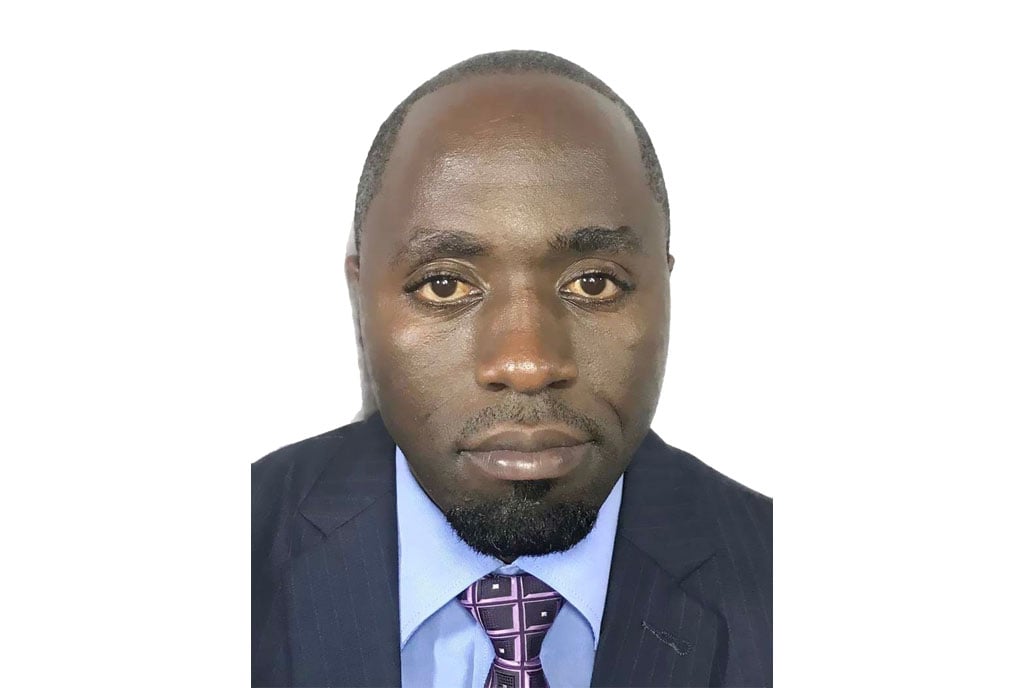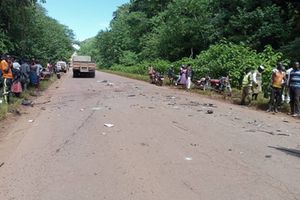How students loan scheme picks out the most needy

Bob Nuwagira
What you need to know:
- Verification process. In order to wipeout falsification of information, successful beneficiaries are subject to a process of verification, including checks with former schools, local leaders, and home visits.
On October 11, Ndejje University graduated more than 1,900 students from various disciplines. Of these, 101 were beneficiaries of students loan scheme, with more than 60 of them graduating in engineering disciplines. The Higher Education Students Financing Board (HESFB), the implementing institution of the Students Loan Scheme, was recognised as the single biggest sponsor or ‘parent’ at the graduation.
Two weeks earlier, a team from the HESFB, went at the same university to sign agreements with 126 new students joining in the university for the academic year 2019/2020. In this season of graduations, there will be an addition of more than 1,000 loan scheme beneficiaries graduating from more than 20 universities, both private and public and 33 Other Tertiary Institutions (OTIs) from the 130 undergraduate degree and 76 diploma programmes supported. These are learners who would otherwise have not achieved their dreams without the government initiatives of assisting needy students to access higher education.
While officiating at the Ndejje University graduation ceremony, renown academician and former Makerere University Chancellor, Prof Mondo Kagonyera, appreciated the loan scheme model as a timely intervention in a bid to increase access to higher education and called for more support.
At the same time, he cautioned the board to stay vigilant lest the scheme advantages those without actual financial need, an issue that has been misrepresented in the media.
Currently, the board offers loans to Ugandan students who have qualified to pursue accredited programmes in recognised Higher Education Institutions but are unable to support themselves financially.
Adopted by the Higher Education Students’ Financing Board as a lending model, all applicants to the Student Loan scheme, are subjected to a uniform score card which considers proxy indicators such as orphanage status, family income levels, access to medical care, parents occupation, previous school history, family size and others. These are weighed and scored through the Integrated Loan Information Management System (ILMIS) to arrive at the lending decision.
In order to match with other development goals and the country’s strategic objectives, the proxy indicators are measured alongside other social considerations like gender (girl child is given additional scores), amount of loan required, regional balance and special needs status, where only applicants with disabilities are not only held in a special category but also allowed to apply for loans to pursue Humanities programmes.
This additional consideration is in line with government’s commitment towards various affirmative action programmes to address imbalances and promote equal opportunities for all. This has brought considerable success with the board realising an increase in the number of females moving from 283 (22.3 per cent) in academic year 2014/15 to 435 representing 34 per cent of the successful loan applicants in the academic year 2019/20. This figure is above the 30 per cent equal opportunities threshold of female representation in government interventions.
In order to wipeout falsification of information, successful beneficiaries are subject to a process of verification, including checks with former schools, local leaders, and home visits. The board also accepts information about published successful applicants in regard to their suitability to benefit from the scheme.
Given the high competition for sponsorships from learners and members of the public, fears have always been expressed about how the board determines eligibility, especially the “financial need.” Many fear that this noble intervention could be manipulated to favour students from well-to-do families given the increasing culture of corruption in the country.
Aware of this such fears and the desire to create a credible and systematic lending system, the board right from the scheme inception, designed a computerised system to which all applicants would be subject and assessed to establish the ‘rightful’ loan beneficiaries while providing equal opportunity to all.
Apart from the fact that the board focuses only on accredited Science Technology Engineering and Mathematics (STEM) programmes, all applicants are also subjected to a “Means Test” that determines their social economic status to end up with the final beneficiaries.
A model tested and used by many countries in the developed and the developing world to offer social services, the “Means Test” is a scientific method of assessing financial background of families in order to determine financial needs of borrowers or the need for an individual to do without that help.
Countries such as the US, UK, Canada and Singapore use the “Means Test” to test for eligibility to access subsidised student loans or gain access to different assistance programmes, including medical, housing or access to educational grants. In Africa Kenya, Tanzania, South Africa have embraced this tool to streamline their student loan schemes.
Adopted by the Higher Education Students’ Financing Board as a lending model, all applicants to the Student Loan scheme, are subjected to a uniform score card which considers proxy indicators such as orphanage status, family income levels, access to medical care, Parents occupation, previous school history, family size and others. These are weighed and scored through the Integrated Loan Information Management System (ILMIS) to arrive at the lending decision.
In order to match with other development goals and the country’s strategic objectives, the proxy indicators are measured alongside other social considerations like gender (girl child is given additional scores), amount of loan required, regional balance and special needs status, where only applicants with disabilities are not only held in a special category but also allowed to apply for loans to pursue Humanities programmes.
This additional consideration is in line with Government’s commitment towards various affirmative action programs to redress imbalances and promote equal opportunities for all. This has brought considerable success with the Board realizing an increase in the number of females moving from 283 (22.3%) in academic year 2014/15 to 435 representing 34% of the successful loan applicants in the academic year 2019/20, a figure above the 30% Equal Opportunities threshold of female representation in Government interventions.
In order to wipeout falsification of information, successful beneficiaries are subject to a process of verification including checks with former schools, Local leaders, and home visits. The Board also accepts information about published successful applicants in regard to their suitability to benefit from the Scheme.
This has over the years helped to weed out those who would otherwise benefitted without being qualified or financially disadvantaged, one of the worries as highlighted by Prof. Mondo Kagonyera at the Graduation.
The emerging challenge though is the increasing interest in the number of applicants given the increasing publicity of the Loan Scheme, coupled with the increasing cost of higher education especially in private institutions against a backdrop of limited funding.
For instance, the Board received a total of 7,310 applications this year alone compared to 4,603 received in 2018/19, signifying a growth of 37%. However, because of shortfalls in allocated budget, the Board only awarded 1,834 new cohorts representing a 24% success rate. This only meant that the cut off threshold only chose the needy even among the needy.
The Writer is the Senior Communications Officer at the HESFB
Mr Nuwagira is the senior ommunications
officer at HESFB. [email protected]




